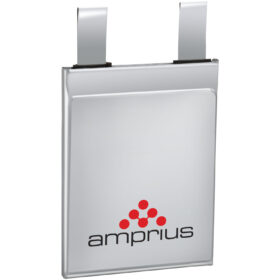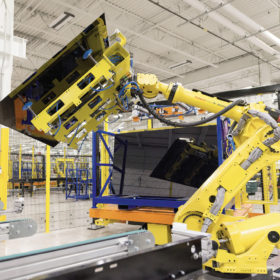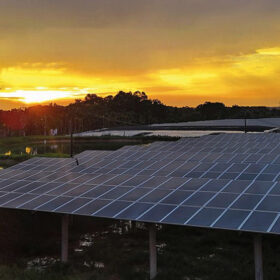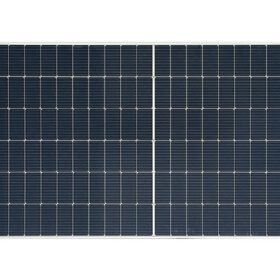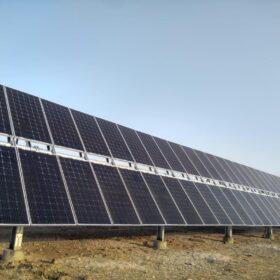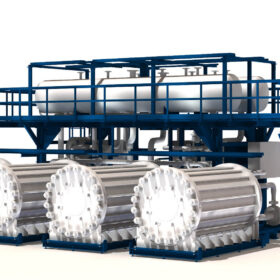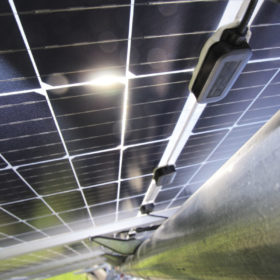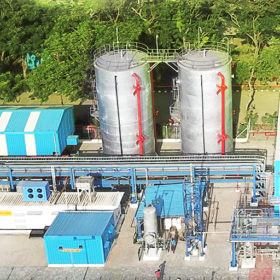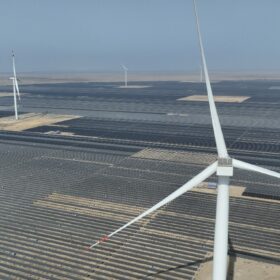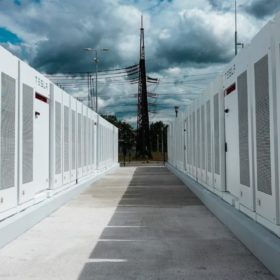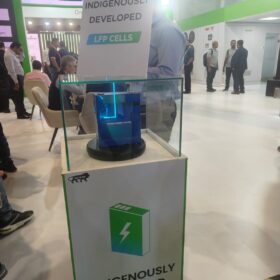Silicon anode lithium-ion battery cell with 500 Wh/kg density
Amprius has obtained third-party performance verification for a battery cell that offers high power density in a lightweight package.
Indosol, Reliance win production-linked incentives for poly-to-module manufacturing
Eleven companies have emerged winners in the second round of production-linked incentive scheme for high-efficiency solar modules. Out of these, Indosol, Reliance, and First Solar have won incentives for fully integrated manufacturing capacities.
German manufacturer achieves 80% overall efficiency with new PVT solar module
Sunmaxx says Fraunhofer ISE has confirmed the 80% efficiency of its new photovoltaic-thermal (PVT) module. It consists of 108 PERC half-cells in M10 format, with 400 W of electrical output and 1,200 W of thermal output.
Indian researchers develop low-cost method to produce metal-oxide layers for solar cells
Researchers at IIT Mandi developed high-quality, uniform thin films of nickel oxide on the silicon substrate using an aerosol-assisted chemical vapor deposition technique with nickel nitrate as the precursor material.
Shingle all the way
While shingled cells have been around for a while, Tongwei’s adoption of the technology is notable as it is a manufacturer with considerable scale. If shingling can overcome some hurdles, it could prove a welcome solution as unshaded sites for PV become elusive in mature solar markets.
SDN unveils 595 W solar module with 21.28% efficiency
South Korea’s SDN has developed new bifacial solar modules based on M10 wafers. It claims the new panels are the largest to be produced in South Korea.
Gensol Engineering acquires solar tracker specialist Scorpius
Gensol Engineering Ltd has acquired Pune-based Scorpius Trackers for INR 135 crore ($16.42 million). The acquisition allows Gensol Engineering to offer a comprehensive solar EPC package that includes Scorpius Trackers’ innovative solar tracking technology.
L&T signs electrolyzer manufacturing agreement with McPhy Energy
Larsen & Toubro (L&T) has signed the agreement to manufacture pressurized alkaline electrolyzers in India under a technology license from France-based McPhy Energy.
Ircon Renewable Power seeks bifacial modules for 600 MW DC solar project in Karnataka
Ircon Renewable Power has tendered the manufacturing and supply of 530 Wp+ mono PERC bifacial modules under the domestic content requirement of a 600 MWp solar PV project at Pavagada.
CSIR working on improving lifetime of electrolyzers
The Council of Scientific & Industrial Research’s Hydrogen Technology (H2T) program focuses on improving the lifetime of electrolyzers by developing thermochemically robust membranes and electrolytes, reinforced fluoropolymer membranes, graphite composite bipolar plates, and ceramic interconnects.
